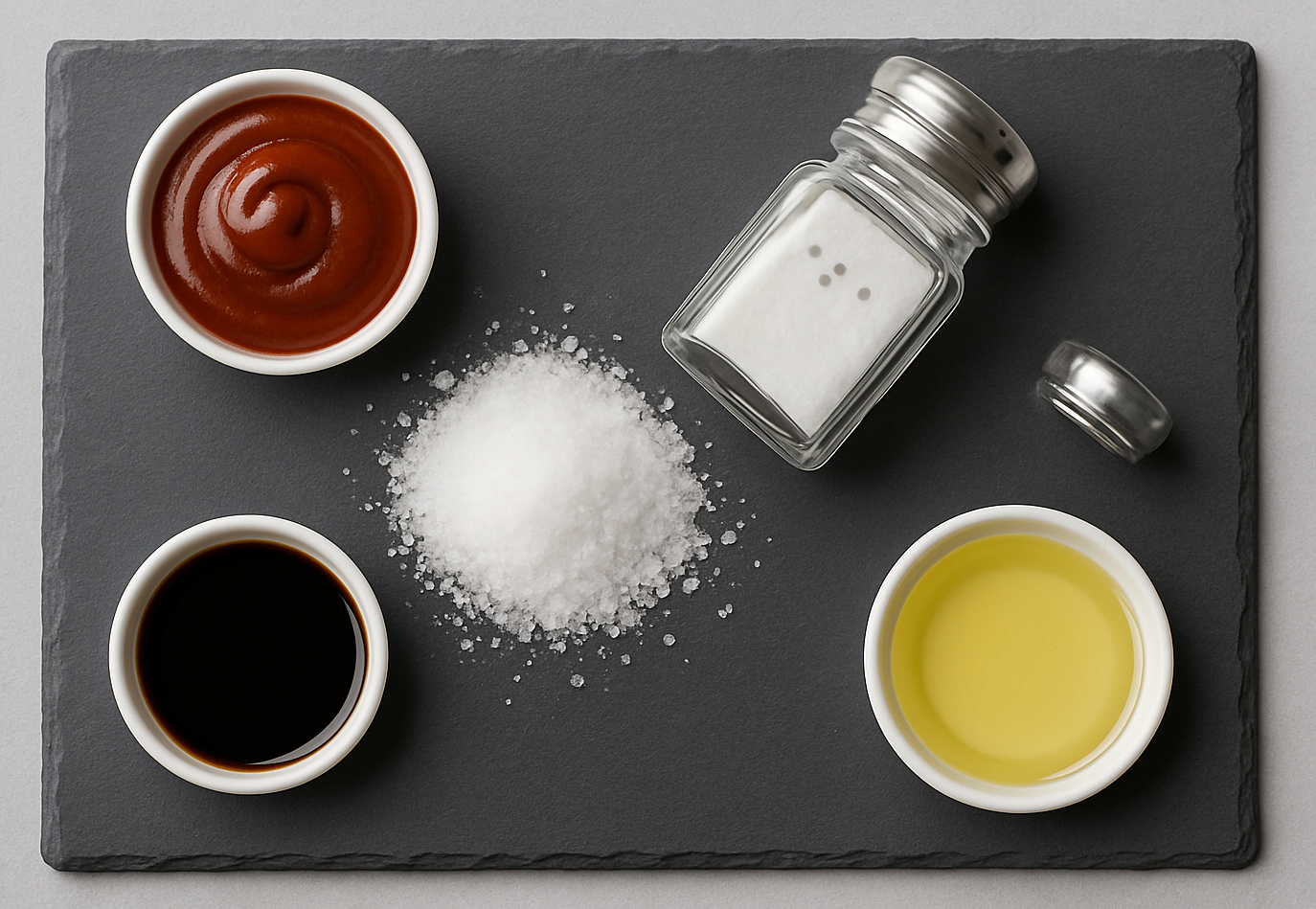Table salt (sodium chloride) is a common seasoning in daily meals. Doctor Nguyen Anh Duy Tung from Nutrihome Nutrition Center explains that sodium is an essential mineral that helps maintain fluid volume, acid-base balance, and nerve conduction. However, excessive sodium intake forces the kidneys to work harder to excrete it, leading to water retention, increased blood volume, and elevated blood pressure. Conversely, eliminating salt or eating bland food can cause hyponatremia, fatigue, dizziness, and negatively impact nerve and cardiovascular function.
Dr. Tung advises adults to consume less than 5 g of salt per day (equivalent to one teaspoon). Individuals with hypertension shouldn't completely eliminate salt but should limit their intake to under 2,300 mg of sodium daily, ideally around 1,500 mg (equivalent to about 3/4 of a teaspoon of salt). Salt intake comes not only from table salt but also from fish sauce, soy sauce, processed foods, instant noodles, canned goods, pickled foods, and more. Individuals with hypertension should carefully read nutrition labels, prioritize fresh foods, and cook at home to control their sodium intake.
 |
In addition to reducing salt, individuals with high blood pressure should limit seasonings and processed foods. Photo: Trong Nghia |
Dr. Duy Tung recommends that individuals with hypertension prioritize boiled, steamed, or lightly pan-fried dishes and limit fried foods with strong seasonings. When seasoning, use fresh herbs like onions, garlic, ginger, and aromatic vegetables for flavor instead of salt. Low-sodium fish sauce and soy sauce can be used but should be diluted. They should also avoid industrial seasoning powders and granules, especially those containing monosodium glutamate (MSG) and hidden sodium. Limiting dining out and avoiding fast food and canned goods is also recommended due to the difficulty in controlling their sodium content.
An ideal meal for someone with hypertension should include plenty of green vegetables, fruits, whole grains, fatty fish, and healthy fats like olive oil, flaxseed, and avocados. This diet helps manage blood pressure, lower cholesterol, and prevent cardiovascular disease. Supplementing with natural extracts like GDL-5 from South American sugarcane, containing natural policosanol, can contribute to regulating blood lipids and support blood pressure control.
In addition to a low-salt diet, Dr. Duy Tung recommends that people with hypertension exercise regularly for at least 30 minutes daily with appropriate exercises, manage their weight, and avoid alcohol and tobacco. They should adhere to their follow-up appointments, take prescribed medications, and regularly monitor their blood pressure to detect and address any abnormalities or complications early.
Trong Nghia
| Readers can submit their nutrition-related questions here for expert answers. |












